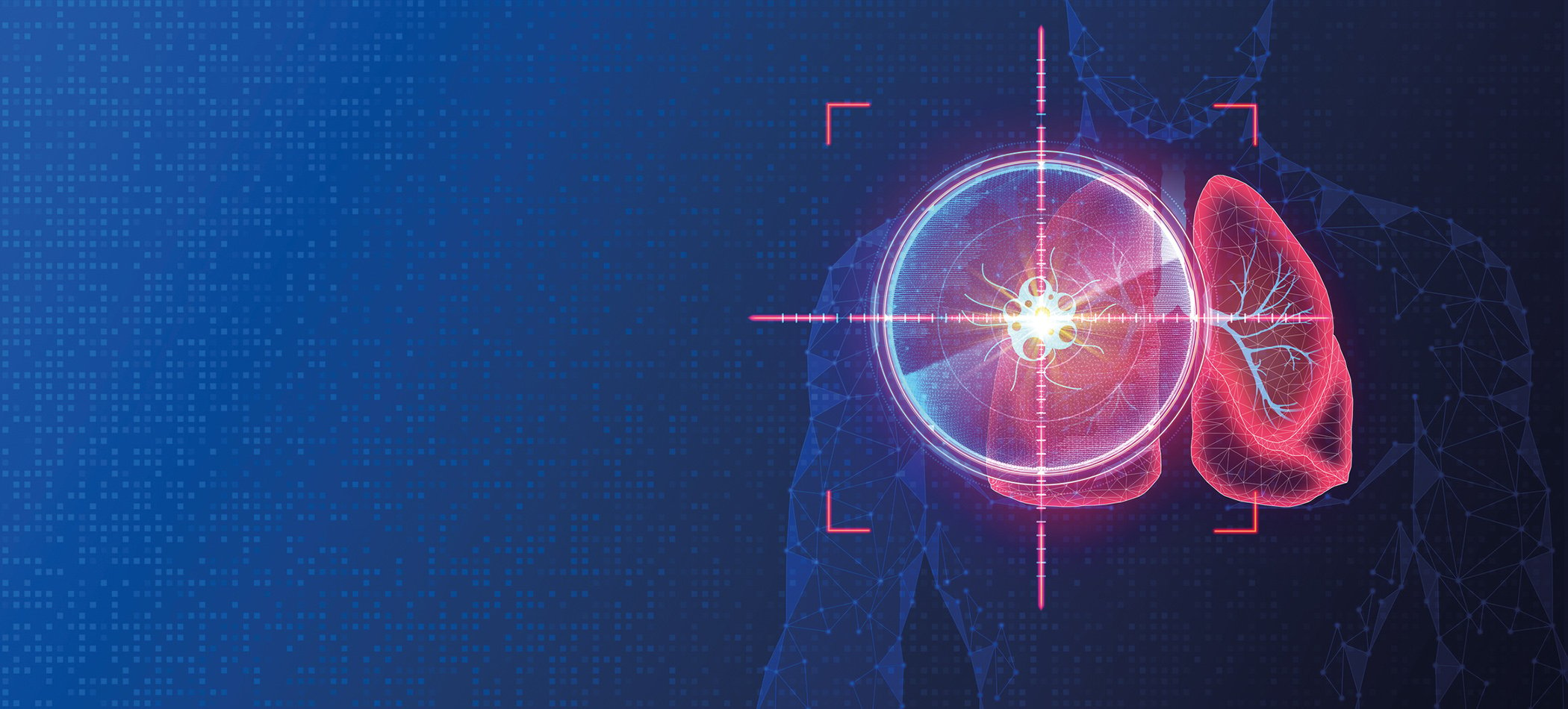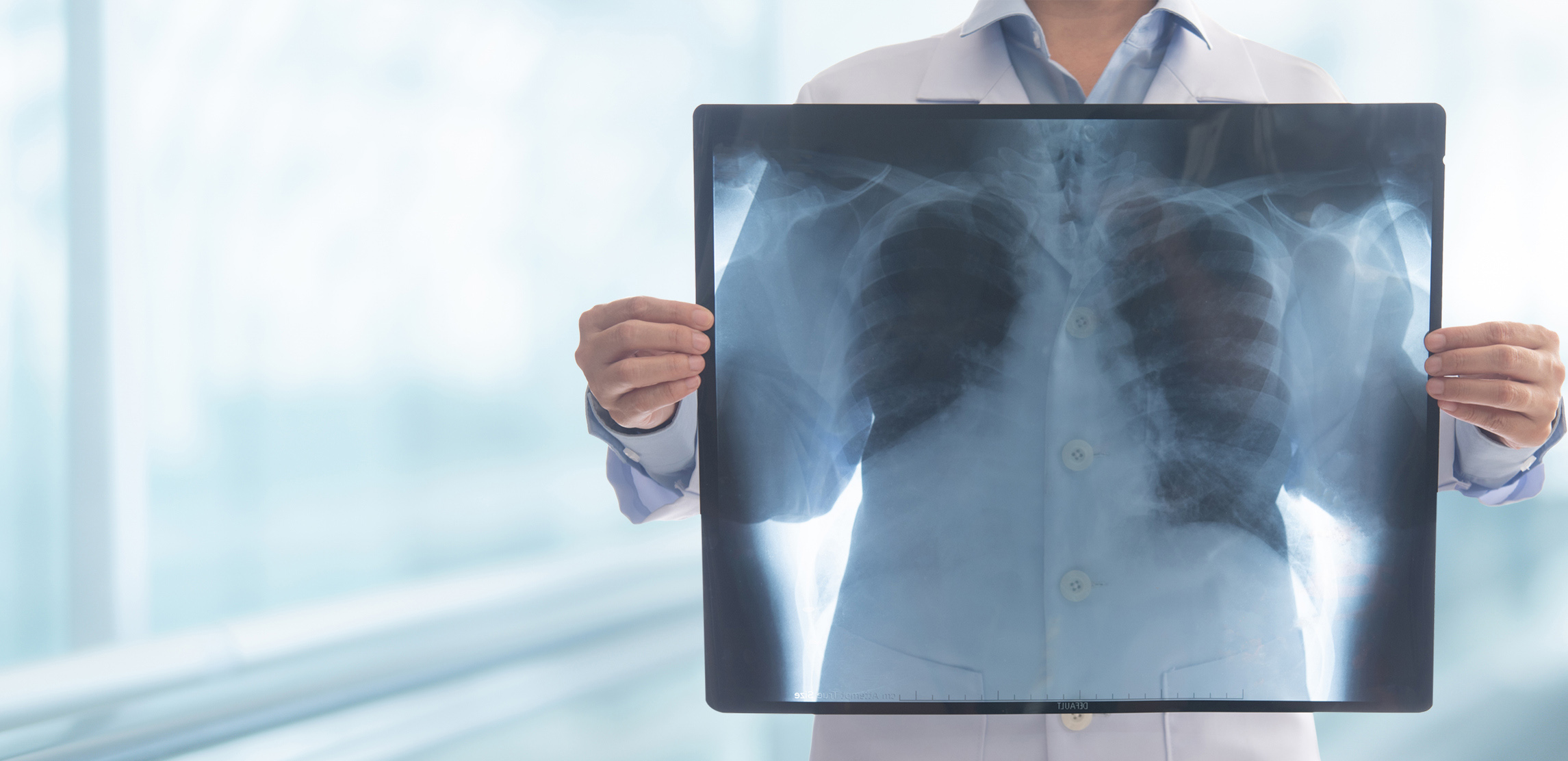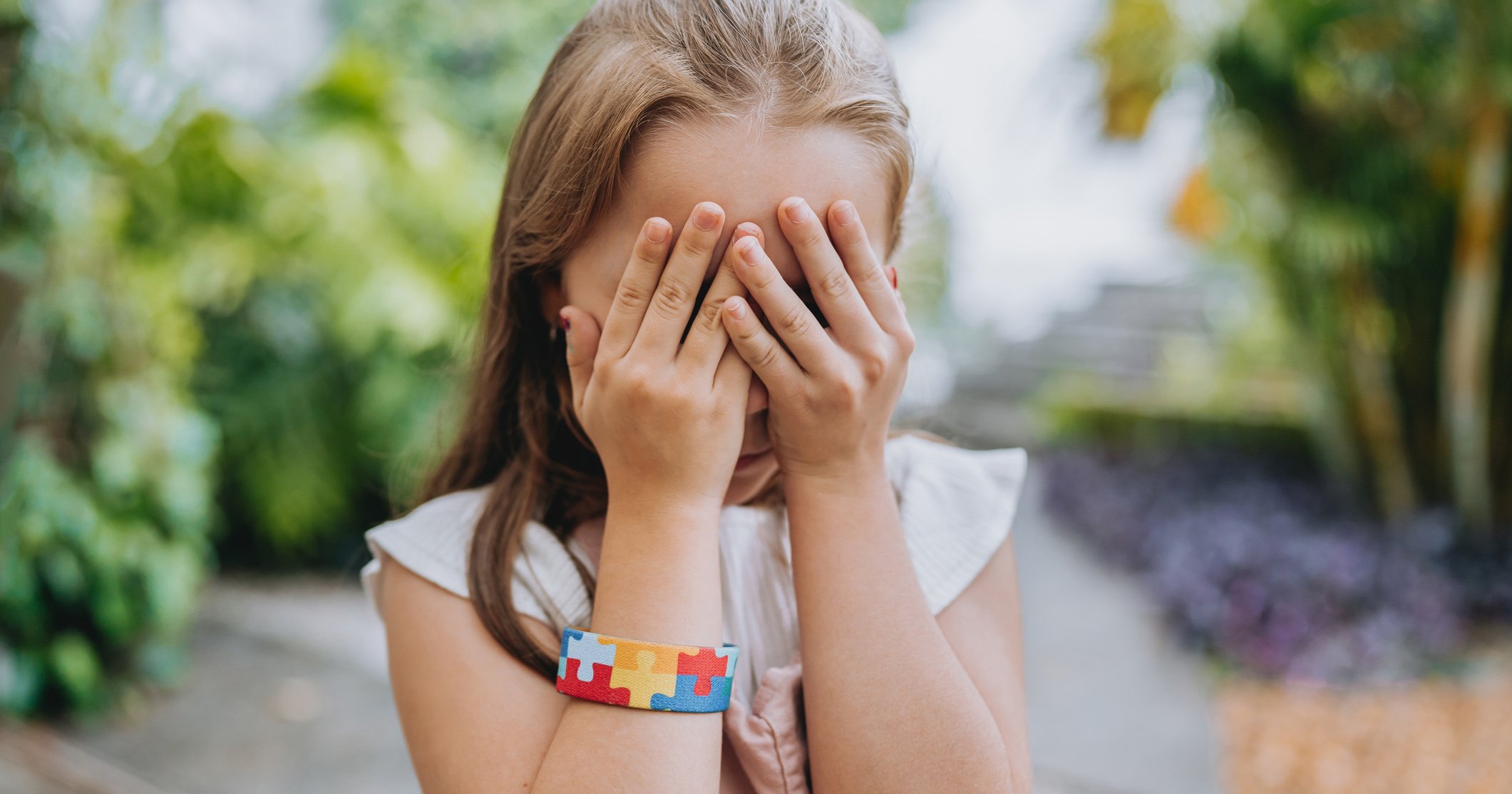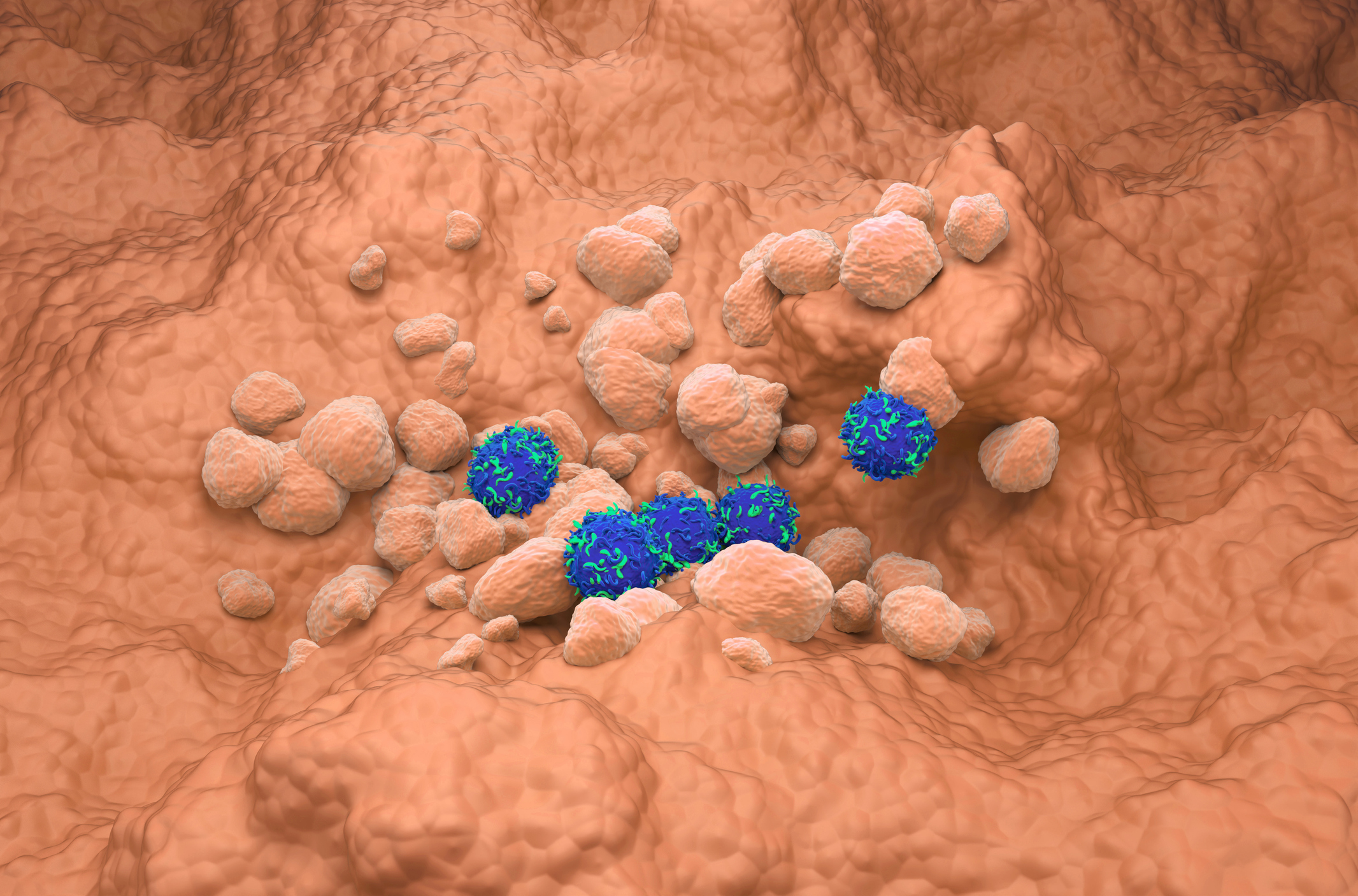Pollution from micro- and nanoplastics has increased exponentially in recent decades, and annual production volumes will continue to rise in the coming decades. Micro- and nanoplastics eventually enter the human food chain via water, residues in soil and animals. Italian scientists have conducted research on the effects for humans.
Plastic deposits are classified according to their size into microplastics (MP, 5 mm to 1 μm) and nanoplastics (NP, <1 μm). The various effects of microplastics and nanoplastics on wildlife have been extensively described. The most common biological effects resulting from the ingestion of micro- and nanoplastics include:
- Oxidative stress
- Inflammations
- Change in metabolism
- Impairment of the immune system
As Dr. Ottavia Exacoustos, Istituto di Ricovero e Cura a Carattere Scientifico (IRCCS), Istituto Giannina Gaslini, Genoa, introduced [1], recently some studies have investigated the presence of micro- and nanoplastics in humans, especially in human placenta, blood, lungs and liver. For example, a 2020 study using micro-Raman spectroscopy found a total of 12 microplastic fragments in human placenta samples. In other work, microplastics have also been detected in the blood of healthy volunteers, as well as in human lung tissue and in the liver of patients with cirrhosis.
Despite the multiple detections of micro- and nanoplastics, the exact consequences of their presence in human tissue are still unknown and insufficiently studied. Data on the potential consequences of MP and NP in renal tissue are extremely limited.
Microplastics increased risk for nephrotoxicity
Another study examined the accumulation of microplastics in different tissues caused by polystyrene diet in a mouse model. The researchers found a high deposition of MP in the kidney, especially for particles with a size of 5 μm [2]. It is also clear in this study that the presence of microplastics increases the risk of nephrotoxicity from oxidative stress, Dr. Exacoustos explained. So she and her colleagues turned their attention to the potential negative effects of microplastics on humans in a new study.
To investigate the presence of microplastics in human kidneys and urine, the Italian researchers collected ten urine samples from healthy individuals and ten healthy tissue samples from nephrectomies for kidney cancer. Samples were digested by alkaline hydrolysis at 60°C and then filtered on membrane filters with micropores of 0.2 μm to retain possible particles. A “plastic-free” protocol was used for this procedure. Blank samples were run in parallel following the same protocol.
A micro-Raman spectroscope was used to detect and characterize microplastics. This is a specially designed spectroscope that uses a laser as a monochromatic execution source and is integrated into an optical microscope. Micro-Raman spectroscopy measures the frequency shift of scattered light when a laser is directed at the sample. The collected Raman spectra were compared with material from the SLOPP Library of Microplastics and the Spectral library of the Galactic software.
Microplastics detected in human kidneys for the first time
A total of 26 different particles were identified. The most abundant polymers were polyethylene and polystyrene in both urine and kidney samples. The most represented additives were Cu-phthalocyanine and hematite (Fig. 1). All polymers were microplastics due to their size.
“This result, thanks to micro-Raman spectroscopy, shows for the first time the presence of micrometric fragments of polymers and additives in human urine and kidneys,” Dr. Exacoustos said. The presence of polyethylene particles could be easily explained in this context: The main application of such polymers is in the packaging industry (e.g. water and soft drink bottles). Polystyrene is also used in the food industry in packaging or disposable containers. The additive hematite is a red pigment often used to dye red and yellow garbage bags, while Cu-phthalocyanine, a blue pigment, is used as a dye to color plastics.
He said this result shows how much the presence of plastics and their increasing prevalence in the environment affect our daily lives. The likelihood of finding microplastics in larger numbers in human tissue is thus increasing. Micro-Raman spectroscopy may be a tool of choice for detecting MP because of its high sensitivity and high resolution, she said.
The detection of microplastics in kidney and urine represents only a first part of a larger study in which the Italian study group will conduct in vitro and in vivo studies to analyze whether the presence of microplastics can be one of the possible causes of kidney disease. Further studies are urgently needed to investigate the potential nephrotoxicity of MPs, mechanisms of renal clearance, and tissue accumulation, Dr. Exacoustos concluded.
Congress: ERA 2023
Sources:
- Exacoustos O: Vortrag «First identification and characterization of microplastics in human kidney and urine», Session «Mechanisms of CKD progression and complications: Unmasking the Mystery»; ERA 2023, 17.06.2023.
- Shi J, Deng H, Zhang M: Whole transcriptome sequencing analysis revealed key RNA profiles and toxicity in mice after chronic exposure to microplastics. Chemosphere 2022; 304: 135321; doi: 10.1016/j.chemosphere.2022.135321.
- Exacoustos O, et al.: #6111 First identification and characterization of microplastics in human kidney and urine. Nephrology Dialysis Transplantation 2023; 38(1): gfad063a_6111; doi: 10.1093/ndt/gfad063a_6111.
HAUSARZT PRAXIS 2023: 18(8): 36–37













